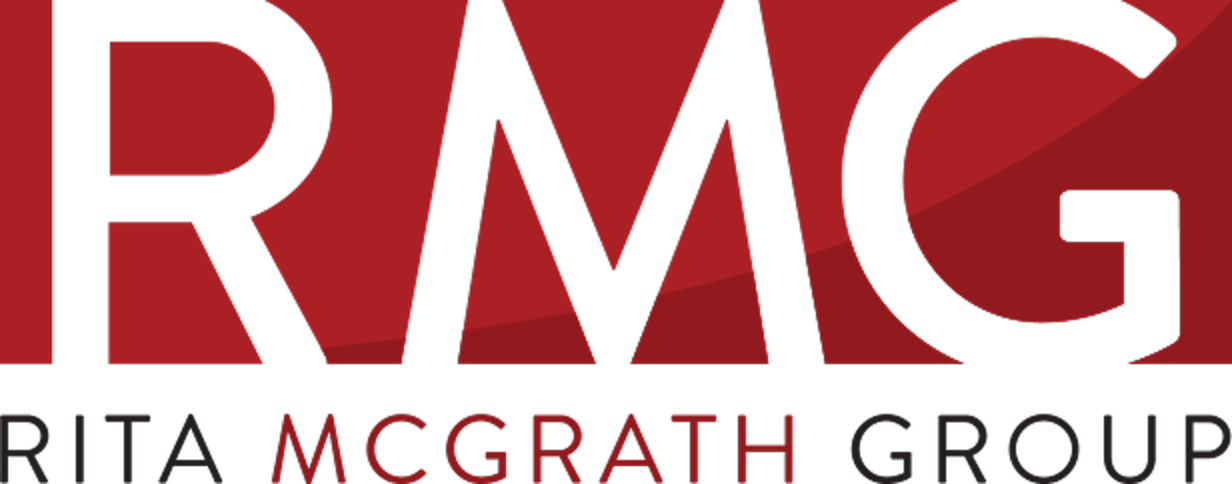
The old watchword, “follow the money” will give you great insight into what really matters in any organization. It will also show you where the most significant blockers to transformation are likely to be.
If you want to understand the priorities and influence the behavior of people in any large, complex, organization, the old adage ‘follow the money’ is key. The resource allocation process, and control over it, is one of the most powerful levers to influence behavior that there is. Resources flow to where there is power; they signal what is important; and they provide the assets and capabilities that allow people in an organization to do anything at all. Unfortunately, the resource allocation process in many complex organizations is not innovation-friendly.
Building for tomorrow with practices designed for yesterday
Budgeting and planning systems in most established organizations are drawn from industrial-era thinking, in which the importance and future value of a business was directly correlated with the people and assets it had under management. Those folks who racked up prodigious Hay points and managed large divisions were considered to have the most influence and impact on the activities of the organization. This kind of thing can be lethal to corporate entrepreneurship, as the instincts of those with lots of power and influence is invariably to try to defend the businesses that got them where they are.
Consider who has the power to spend resources in most large organizations. It’s the person or group or business that currently generates the lions’ share of its revenues and/or profits. After all, a sort of equity influenced logic goes, “they are making the money, surely they should have the power to control it”. It sounds sensible and plausible, doesn’t it? After all, the people running a successful business should know how best to allocate capital and talent to create even more success, right?
Mapmaker Rand McNally offers a cautionary example. Dominant in the world of paper maps and globes, the company failed to invest in the kinds of products that suited a world of Mapquest, Google Maps and GPS devices, not to mention smartphones and Waze. As one observer noted in 2009, the firm “missed the biggest business opportunity in the geography game since the spice trade”. After a 2007 acquisition by Patriarch Partners, a private equity firm that acquires and turns around distressed businesses, coupled with significant new investments in innovation, the company is finding its feet again by creating products for niche markets that are loyal to the brand, such as professional truckers and recreational vehicle users.
What got you here…
Here’s the problem – today’s successful business is almost certainly not tomorrow’s. While this sounds utterly obvious, many companies don’t seem to deal with resource allocation in a way that recognizes this problem. For most managers, running a large, successful business is what put them in the powerful positions they have. Contemplating shrinking that business or redeploying its assets and capabilities to somebody else’s business is not in their own personal best interest.
The result is that valuable resources – people, actually, even more than money – get used to shore up the position of businesses that are starting to fade. This may eke out a little more time for the managers in charge, but it can put an organization at a devastating disadvantage by the time the declining fortunes of a once-powerful business are obvious to everybody. This creates two problems: firstly, valuable assets are being tied up in a business that doesn’t represent the future. Secondly, the resources that might be used to fund and lead growth are held hostage in the status quo. As Lou Gerstner, the former CEO of IBM famously observed, average companies put their best people on solving today’s problems. Exceptional people put their best people on opportunities.
Grabbing the resource allocation reins
To tackle the problem of resources being stuck in existing businesses, the only way I’ve seen companies succeed is to have mechanisms that force the extraction of resources from established businesses so that they can be re-purposed to fund growth. This is not easy stuff.
At Wolters Kluwer, for instance, CEO Nancy McKinstry has overseen a massive transition from largely analog products and revenues to largely digital products and revenues in the span of ten years at the firm. As she told me in an interview about their corporate entrepreneurship process, “you have to focus on capital allocation first and foremost; then think about your entire business portfolio.”
Under Gerstner, IBM had to re-invent its entire innovation process to tackle the problem, coming up with what they called the “Emerging Business Opportunity” model in which a senior level executive watched the people and assets allocated to innovation like a hawk to make sure they didn’t get sucked back into the existing business.
Ivan Seidenberg, the former CEO of Verizon, was criticized by many – even his own people – for re-purposing the cash coming out of businesses like land-lines and phone books – to support Verizon’s moves into broadband.
At Lego, the CEO pulled resources from all the sister businesses and forced his team to come together in agreement on what innovations would be supported by the freed-up funds. Their former CEO, Jorgen Vig Knudstorp shared with me that otherwise he felt the company would be unable to move forward.
A second critical resource allocation issue has to do with how talent is deployed. In a lot of companies, people are dependent on those in the hierarchy ‘above’ them to be allocated to businesses and projects. In a firm that effectively fosters corporate entrepreneurship, talent needs to be mapped to challenges, with the people who are deemed the highest potential in the organization working on the highest priority projects.
As my colleagues at Babson, Gina O’Connor and Ron Pierantozzi observe, companies don’t create career paths suitable for innovation. Instead, they assume the reward for a successful innovator is to get to run a big business. Why force someone to do that if they are excellent at ideation, incubation or acceleration? When you look at it that way, it doesn’t make any sense.
You get what you invest in
The core lesson here is that if you allow the existing businesses to determine where people and funds are allocated, you’re not going to get entrepreneurial behavior; you’re going to get more of the existing businesses.
